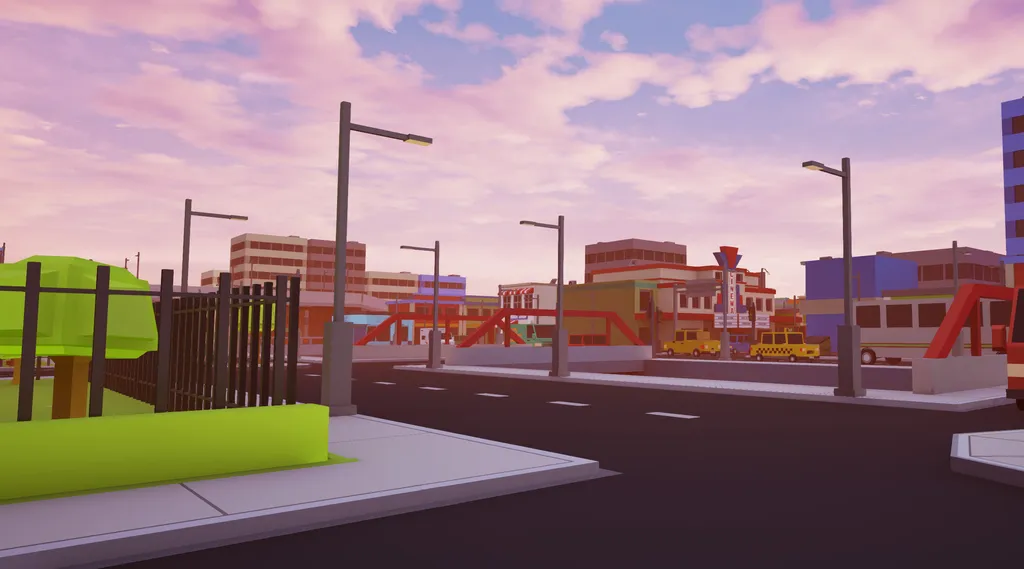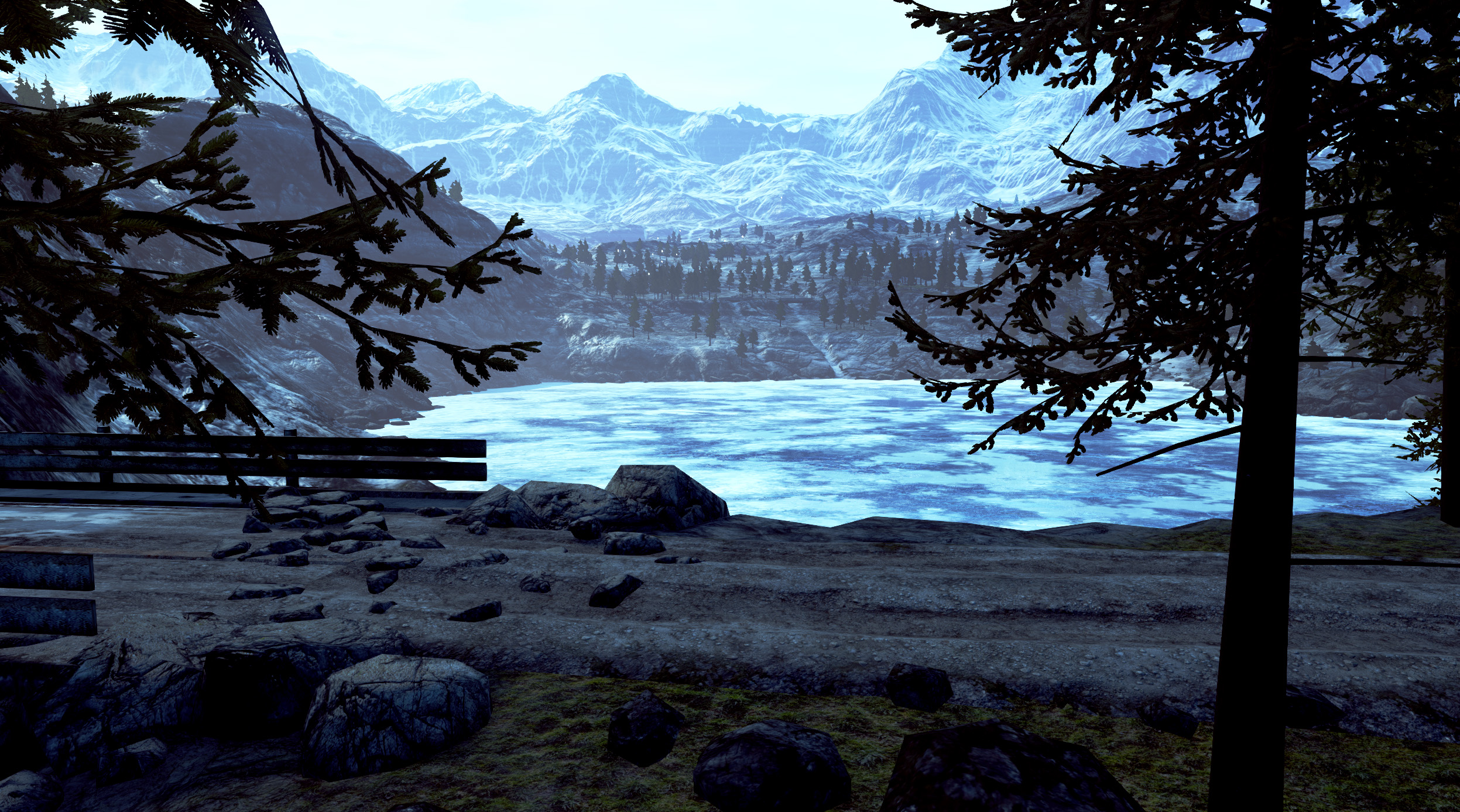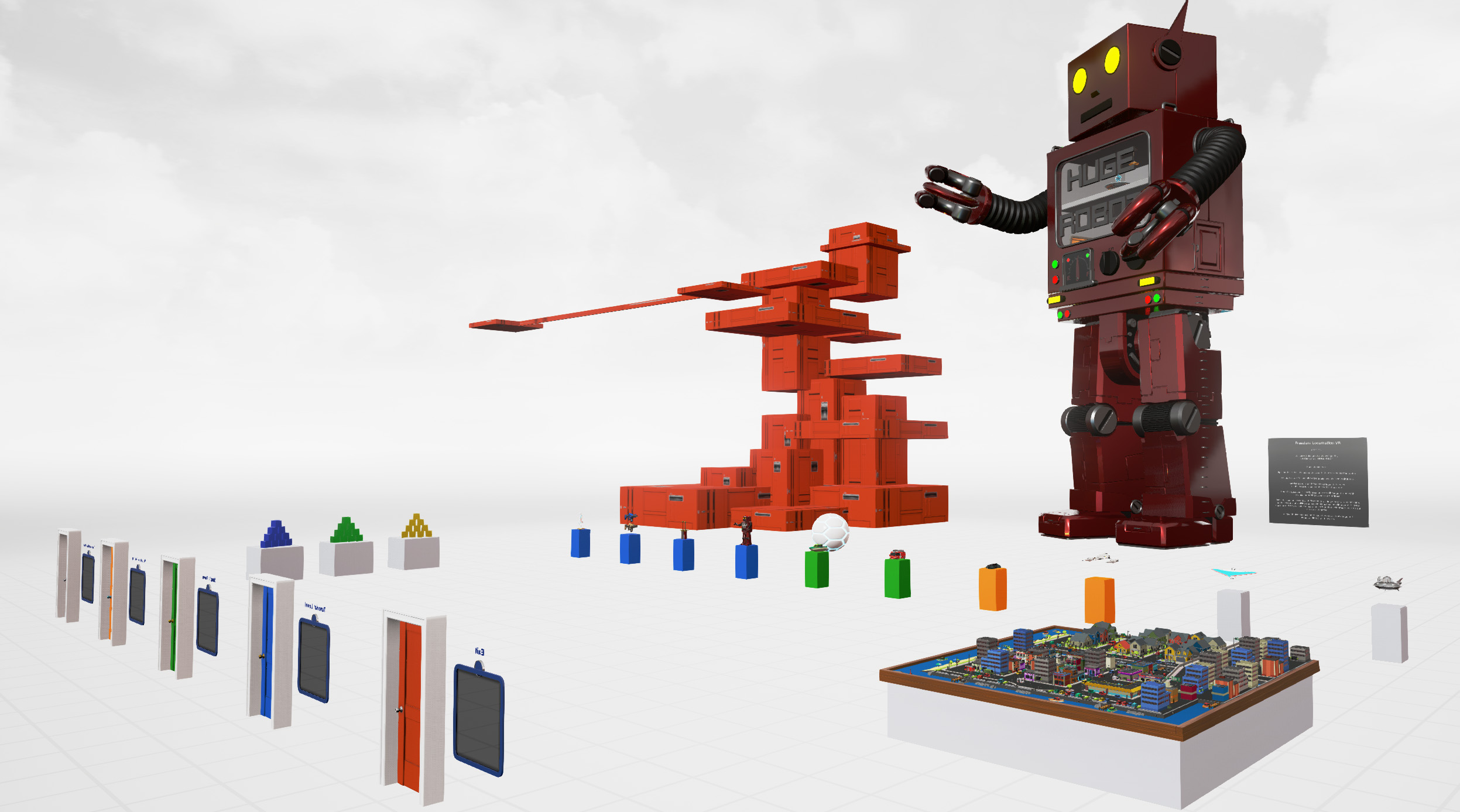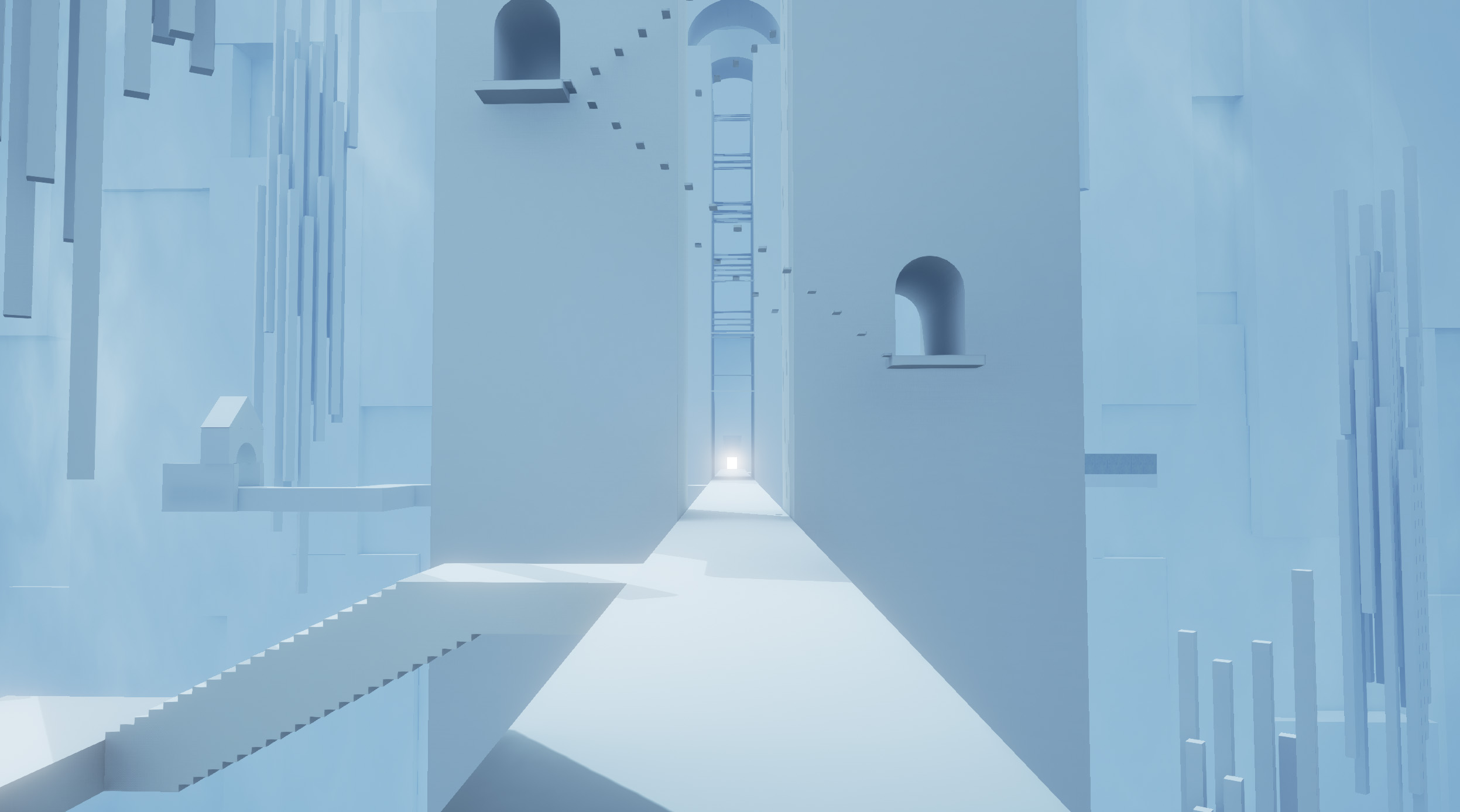When playing a VR game, there are currently three fundamental styles of play. Users can play games in a seated position, which is ideal for cockpit-based piloting or driving games, as well as many gamepad games. Then there’s the standing position, which has you standing in one place as you interact with the virtual world. Movement is accomplished by pointing and teleporting or artificially moving the character in some way. Finally, there’s room-scale movement. Games that utilize room-scale (such as letting you physically move around the room as it translates to inside the game world) are restricted by physical play spaces, so players are often forced to utilize other forms of movement, or locomotion mechanics, to supplement their experiences.
Solutions on how to solve the VR locomotion conundrum are a dime a dozen these days, but none of them have really stuck like developers and consumers are wanting. Some developers have doubled down on the teleportation mechanic that’s become popular as of late as an easy work around, but it’s far from ideal. On the other end of the spectrum some developers are eschewing the premise of adapted VR movement all together in favor of traditional thumbstick or track pad movement, like in Onward, for a more intense, albeit familiar, approach.
Freedom Locomotion VR is a recent demo showcase released on itch.io by George Kong, Director of Huge Robot. Kong describes his mechanics as what he hopes to see become a “game-changing VR locomotion system.”
“The solution is incredibly immersive,” Kong elaborates. “To be sure, it’s not all entirely brand new, but it hasn’t been done like this before. The key component is a novel approach to the walking in place locomotion method. You can walk, jog, run, and even sprint with it…Once you try it, it’s really difficult to go back.”
There are three fundamental modes of movement: CAOTS (Controller Assisted On The Spot) Movement, Dash Step, and Blink Step. Rather than focusing on one particular type of movement, Freedom Locomotion aims to offer a more comprehensive all-in-one system that can be adapted and applied to essentially any type of first-person VR experience. Dash Step is similar to the movement found in Raw Data, which simulates quickly dashing or sprinting in a direction rather than pure teleportation. Blink Step, however, is the teleportation mechanic most people are familiar with from a wide variety of VR games.
What sets the CAOTS Movement system apart from other running-in place mechanics I’ve tried is that it uses a combination of your controllers and the headset’s bounce to determine your movement accurately without restricting you from using your hands in the game. In other systems you need to swing your hands up and down to move, which prevents you from using items, or attach a controller to your body somewhere. This eliminates that.
All you do is place your thumb on the track pad to correspond to your locomotion direction, then move in place as you would if actually moving. It feels natural and intuitive and worked very well after I got used to it. Increasing my speed was simply a matter of jogging in place more quickly and I never lost access to my hands for shooting guns or interacting with the world while moving. Importantly, I also never lost the ability to turn my head while moving, since my trajectory wasn’t based on where I was looking.
Acceleration is another big pain point when it comes to VR motion sickness. Most smooth movement systems in VR games don’t factor that in and the consistently flat method sliding across the environment as if on ice skates is far from realistic. Since you’re actually moving and bobbing your head in real life with Freedom Locomotion, it feels natural.
We’ve covered a variety of different locomotion systems, such as the PocketStrafe app, 3DRudder footpad, ArmSwinger movement, and various running in place options. Of them all, Freedom Locomotion seems to present the most promise thus far. We’ll be interested in seeing how it evolves as a system over time and if developers are able to incorporate it into their actual projects.
What do you think about Freedom Locomotion? Does this seem like something you’d want to use? Let us know in the comments and check out the free demo right here!





























